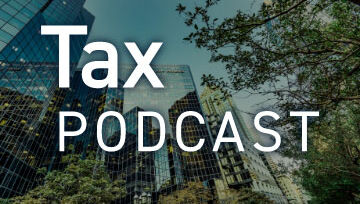For any company that reviewed the Paycheck Protection Program (“PPP”) and determined that they were not eligible, it’s time to take a second look.
On April 6, the Small Business Administration (“SBA”) provided an “alternative size standard” under which employers may qualify under the PPP program.
SBA now states that an employer will qualify for PPP if it meets both of the following tests:
- Employer’s maximum tangible net worth on March 27, 2020, is not more than $15 million; and
- Employer’s average net income after Federal income taxes (excluding any carry-over losses) for the two full fiscal years before the date of application is not more than $5 million.
Employers should keep in mind that the affiliation rules still apply. Except in the case where entities are not subject to the affiliation rules, all affiliated businesses must be considered in calculating the $15 million net worth limit and the $5 million average net income amount. There is no guidance on what is included in tangible net worth. It seems reasonable to start with book or tax net worth and subtract intangible assets such as goodwill, patents, copyrights, and unamortized loan costs. Similarly, there is no indication as to how net income is determined on a financial statement or tax basis.
This provides an opportunity to many affiliated companies, including those owned by private equity or venture capital, who previously determined that they were ineligible under PPP based on the number of employees of their affiliated entities.






